O,.o.
Dozens of malicious apps, some available in Play, found in the past couple months.
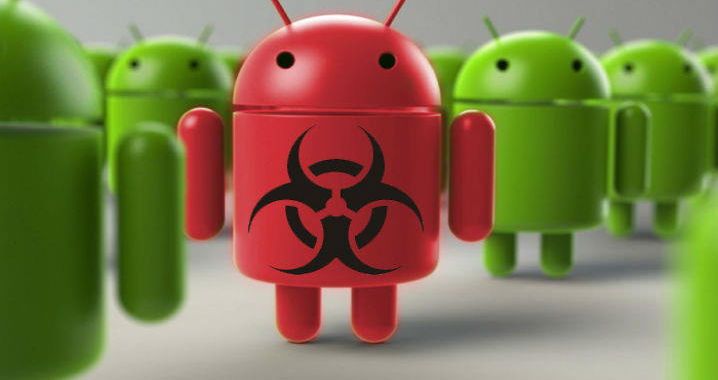

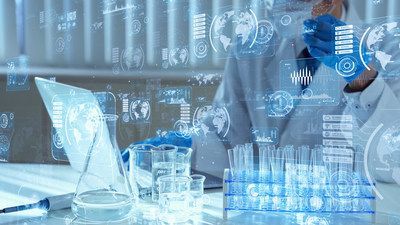
Frost & Sullivan’s recent analysis, Data Science Impacting the Pharmaceutical Industry, finds that data science tools are promising technologies transforming drug discovery costs, speed, and efficiency. When combined with other emerging tech areas, artificial intelligence (AI) technologies move…
Pharmaceutical companies and hospitals are adopting data science rapidly, and its application is going to be established in all branches of healthcare
SANTA CLARA, Calif., Sept. 29, 2020 /PRNewswire/ — Frost & Sullivan’s recent analysis, Data Science Impacting the Pharmaceutical Industry, finds that data science tools are promising technologies transforming drug discovery costs, speed, and efficiency. When combined with other emerging tech areas, artificial intelligence (AI) technologies move to the next phase of advancements. Hence, they are expected to witness adoption by pharma and biotech companies in the next four to five years. Further, with the COVID-19 pandemic, AI and machine learning (ML) can be used for drug research and clinical trials against the coronavirus to screen large databases and perform docking studies to identify existing potential drugs or design new drugs using advanced learning algorithms.
For further information on this analysis, please visit: http://frost.ly/4l2.
“Applying data science tools in healthcare, especially for drug discovery, has a huge potential to systematically change the entire existing practices and methods,” said Aarthi Janakiraman, Technical Insights Research Manager at Frost & Sullivan. “Additionally, pharmaceutical companies and hospitals are adopting this system rapidly, and its application is going to be established in all branches of healthcare.”
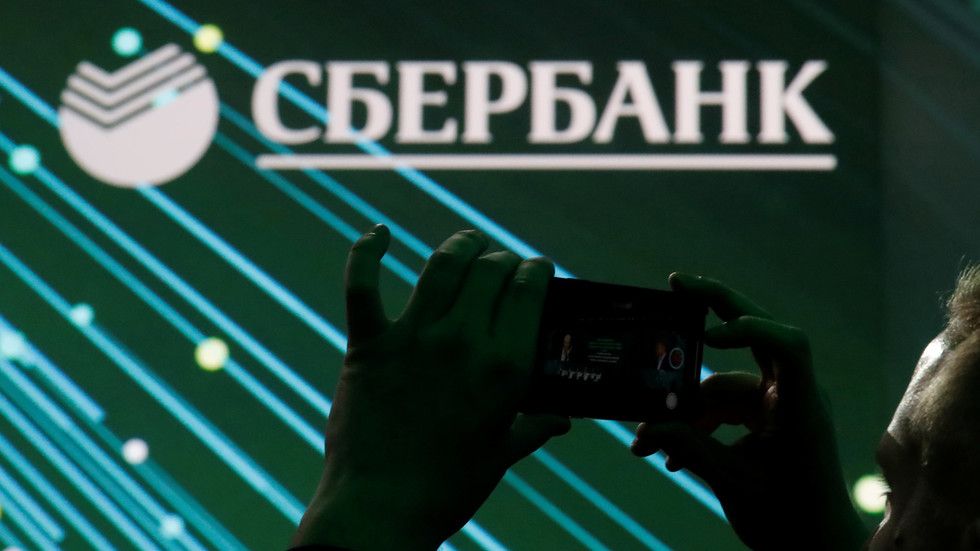
In a major strategy shift, Sberbank, the most popular Russian lender, wants to build its own ecosystem going far beyond the world of finance and to be known not just as a bank, but also as a tech company.
During its first major online event, which was held on Thursday, Sberbank – now rebranded as Sber – presented a range of services and gadgets signaling it wants to go deeper into the tech sector. For example, the bank presented a family of “emotional” virtual assistants, called ‘Salute’, which will be incorporated into all of Sberbank’s devices and mobile apps.
There are three assistants in the Salute family, called Sber, Joy, and Athena. Unlike Apple’s Siri or Amazon’s Alexa, the company is betting on the “emotional” features of the virtual assistants, as each has its own “temper,” allowing users to choose the one they find most suitable.
Hey! You might be interested in my latest interview with Nina Schick, author of ‘Deep Fakes and the Infocalypse’. We discuss both the advantages of the huge advances in AI generated synthetic media (personalised movies, video games etr) and the darker side with deep fakes (political misinformation, involuntary pornography etr). Thanks!
I interview Nina Schick, author of Deep Fakes and the Infocalypse, about the rise of synthetic (or AI generated) media and why she fears the deep fakes it is enabling could undermine liberal-democracy and pose major privacy questions (e.g. involuntary deep-fake pornography). We also discuss the advantages of synthetic media (personalised movies, video games etr).
You can buy Nina’s book here: https://www.amazon.co.uk/Deep-Fakes-Infocalypse-What-Urgently/dp/1913183521
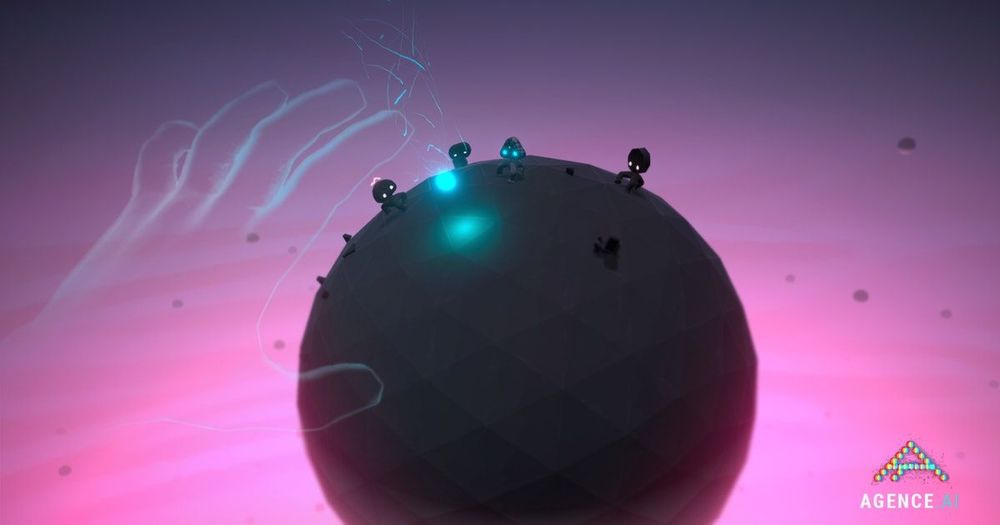
Previous Episode on Creative A.i.:
In this episode we take a look at Tesla’s “battery day” and Elon Musk’s plans for a $25,000 car.
— About ColdFusion –
ColdFusion is an Australian based online media company independently run by Dagogo Altraide since 2009. Topics cover anything in science, technology, history and business in a calm and relaxed environment.
If you enjoy my content, please consider subscribing!
I’m also on Patreon: https://www.patreon.com/ColdFusion_TV
Bitcoin address: 13SjyCXPB9o3iN4LitYQ2wYKeqYTShPub8
— New Thinking Book written by Dagogo Altraide –
This book was rated the 9th best technology history book by book authority.
In the book you’ll learn the stories of those who invented the things we use everyday and how it all fits together to form our modern world.
Get the book on Amazon: http://bit.ly/NewThinkingbook
Get the book on Google Play: http://bit.ly/NewThinkingGooglePlay
https://newthinkingbook.squarespace.com/about/
— ColdFusion Social Media –
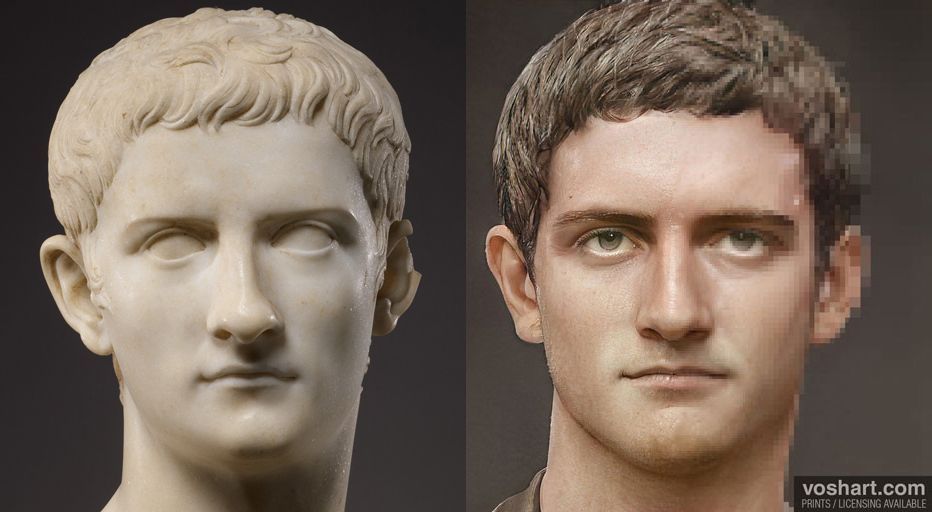
David Sinclair wants to slow down and ultimately reverse aging. Sinclair sees aging as a disease and he is convinced aging is caused by epigenetic changes, abnormalities that occur when the body’s cells process extra or missing pieces of DNA. This results in the loss of the information that keeps our cells healthy. This information also tells the cells which genes to read. David Sinclair’s book: “Lifespan, why we age and why we don’t have to”, he describes the results of his research, theories and scientific philosophy as well as the potential consequences of the significant progress in genetic technologies.
At present, researchers are only just beginning to understand the biological basis of aging even in relatively simple and short-lived organisms such as yeast. Sinclair however, makes a convincing argument for why the life-extension technologies will eventually offer possibilities of life prolongation using genetic engineering.
He and his team recently developed two artificial intelligence algorithms that predict biological age in mice and when they will die. This will pave the way for similar machine learning models in people.
The loss of epigenetic information is likely the root cause of aging. By analogy, If DNA is the digital information on a compact disc, then aging is due to scratches. What we are searching for, is the polish.
Every time a cell divides, the DNA strands at the ends of your chromosomes replicate in order to copy all the genetic information to each new cell, and this process is not perfect. Over time, however, the ends of your chromosomes can become scrambled.
However, the progress in genetic engineering has proved that these changes can be reversed even at the cellular level, and it is possible to restore the information in our cells, thus improving the functioning of our organs and slowing the aging process.
#Aging #DavidSinclair #Lifespan
These are just some of the important applications bio-inspired robots could be used for, and that’s why roboticists at the worldwide major robotics labs are dedicated to exploring the class Insecta.
The question isn’t only how big and powerful we can make a machine, but how small and savvy. What might humans be capable of if we could command a tiny army of simple machines? How could we use robots that could fly, skim across the water, hop to the ceiling and even swarm?